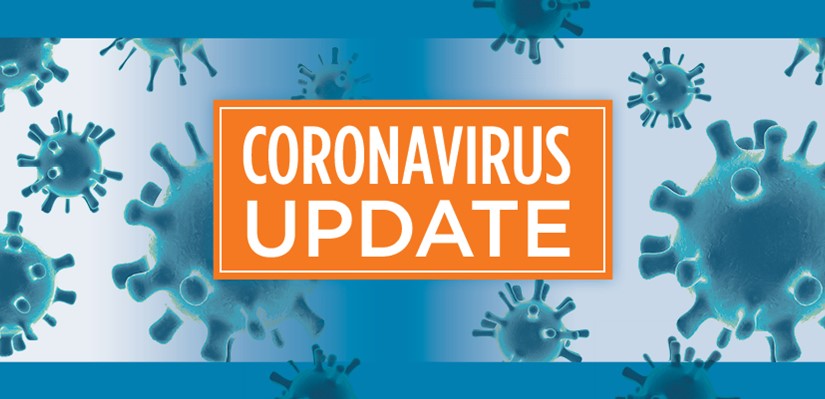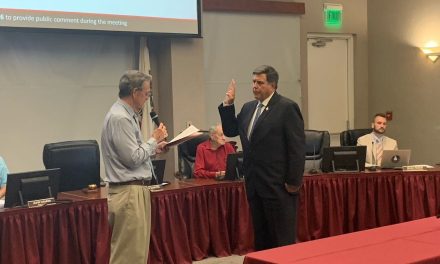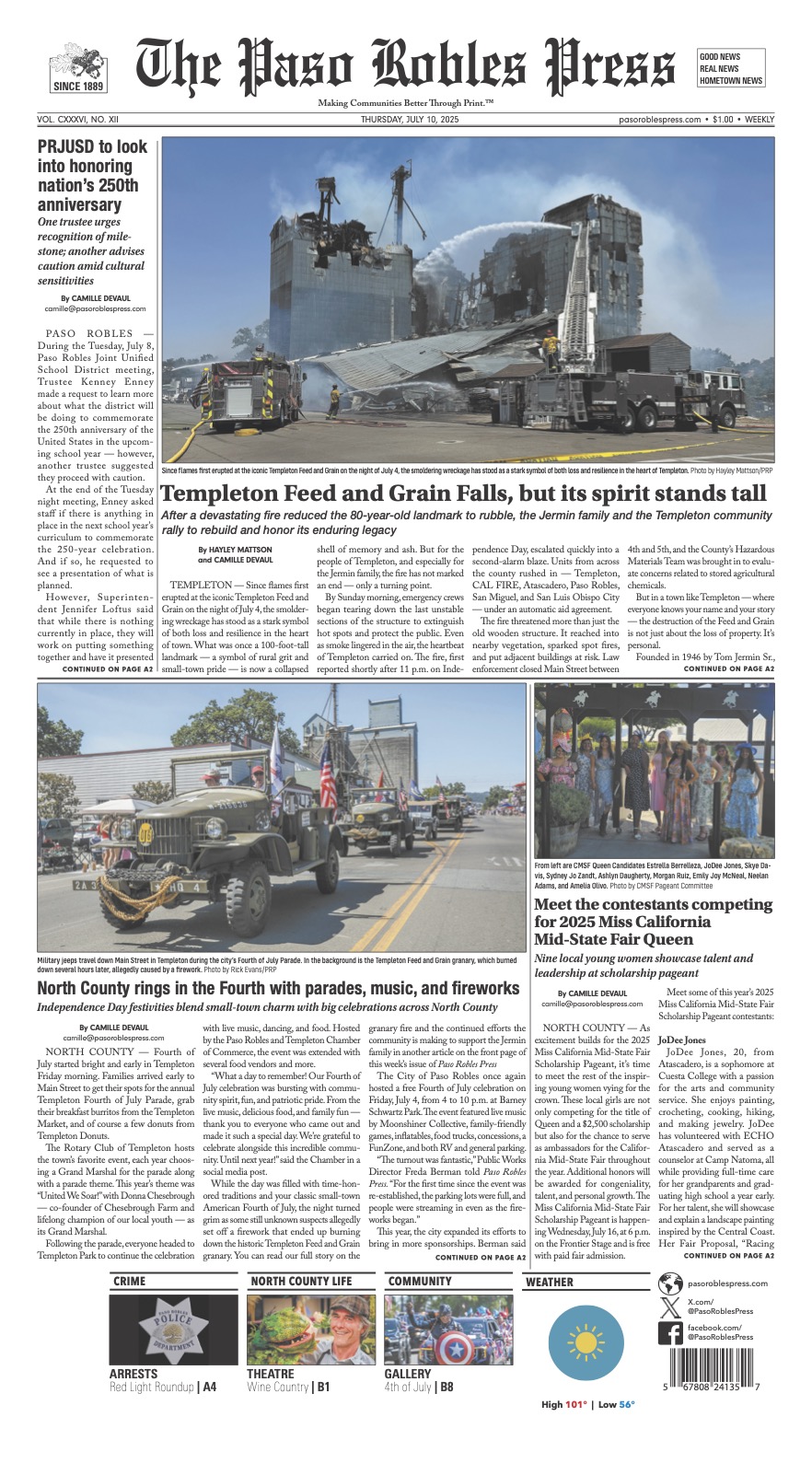After release of updated Blueprint for a Safer Economy, Gov. Newsom announces plan “Moving Beyond the Blueprint for a Safer Economy”
SAN LUIS OBISPO COUNTY — The California Department of Public Health (CDPH) announced on Wednesday, Apr. 7, that a total of 4 million doses of COVID-19 vaccine have been administered to Californians in some of the state’s hardest-hit communities, increasing immunity where the state’s transmission rates and disease burden have been the highest during the pandemic.
With this equity metric met, and because vaccines slow the spread of disease and serious illness, the state has updated the Blueprint for a Safer Economy.
Blueprint Summary as of Apr. 6
- 2 counties in the Purple (widespread) Tier
- 22 counties in the Red (substantial) Tier
- 32 counties in Orange (moderate) Tier
- 2 county in the Yellow (minimal) Tier
Blueprint tiers are updated weekly on Tuesdays. Find the status of activities in specific counties.
With this update, 16 counties are moving to a less restrictive tier, although local public health departments may implement more restrictive policies than the state. Counties moving to less restrictive tiers include Contra Costa, El Dorado, Humboldt, Imperial, Mendocino, Monterey, Napa, Riverside, San Benito, San Bernardino, San Diego, San Joaquin, Siskiyou, Sonoma, Tulare, and Ventura.
The updated tier assignments are effective starting Wednesday, Apr. 7.
San Luis Obispo County did not meet the new metric and remains in the Red Tier.
In the SLO County Supervisors meeting on Tuesday, Apr. 6, Supervisor Lynn Compton asked Dr. Penny Borenstein, County Health Officer, to explain why San Francisco and Los Angeles were able to move into the less restrictive tier and SLO County did not.
“I don’t have a really good answer to that. I will say that we hit on a very interesting time, I just came back yesterday from San Fransico for a short weekend get-a-way, and I would say it was very obvious to me–San Franciso has actually had better metrics than us as has much of the Bay Area they are not open for business in the way that we are. They are allowed to be… much more checking at the door how many people can be in the store. Many of the restaurants, many of their businesses, even though they are allowed to be open, are closed. So I would just offer that not that I am in any way suggesting that we have that type of process in our County in terms of lockdown, but I do think that different parts of the state have actually had different levels of enforcement or considerations for businesses and you know it comes at a price. So I am certainly aware of that. Southern California, Orange County, Los Angeles County, I am at a loss as to why we and others around us are doing better…all I can say is we need to double down on what we know works. So if you are getting together with family that are unvaccinated, either don’t do it or wear a mask indoors or continue to gather in those small numbers brief, outside… get tested if you have been exposed, all of those same things… because it really does work. So we can get there, we will get there, but we need to not give in to pandemic fatigue at this point so that we can make that next move forward,” Dr. Penny Borenstein said.
For the full report from the meeting, read the “Supervisors Discuss Land Use Permits and Water Issues”
In the updated Blueprint, the CDPH added an additional metric that will be reviewed before a county moves to a more restrictive tier. During the weekly tier assessment, if a county’s adjusted case rate and/or test positivity has fallen within a more restrictive tier for two consecutive weeks, the state reviews the County’s most recent 10 days of data – and now, also hospitalization data, to determine if there are signs of improvement to indicate the County can remain in the less restrictive tier.
Then later the same day, Governor Gavin Newsom announced that California had surpassed a significant milestone by administering more than 20 million vaccine doses, including 4 million in the state’s hardest-hit communities, and with hospitalizations continuing to steadily decline, the state is ready to move into the next phase of the COVID-19 pandemic recovery, by “moving beyond the Blueprint for a Safer Economy.”
On Jun. 15, California will fully open its economy if two criteria are met:
- If vaccine supply is sufficient for Californians 16 years and older who wish to be inoculated; and
- If hospitalization rates are stable and low
- Everyday activities will be allowed, and businesses can open with common-sense risk reduction measures, including encouraging all Californians to get vaccinated and mandating masking, to prevent illness and promote health. The state will continue contact tracing and testing to detect cases early and contain spread of the virus. The entire state will move into this new phase as a whole. The state will monitor hospitalization rates, vaccine access and vaccine efficacy against variants, with the option to revisit the Jun. 15 date if needed.
“California has made incredible progress controlling the spread of COVID-19 by staying home, masking, and getting vaccines out quickly to Californians in every corner of the state, including in those communities hardest hit by this pandemic,” said California Health and Human Services Secretary Dr. Mark Ghaly. “In order to take the next step, we must continue to do our part to keep this momentum moving in the right direction, and that means continuing to wear a mask and ensuring everyone who is eligible gets the vaccine.”
When California fully reopens the economy, the Blueprint for a Safer Economy will end. However, common-sense health measures such as masking will remain across the state. Testing or vaccination verification requirements will remain in relevant settings.
All sectors listed in the current Blueprint for a Safer Economic grid may return to usual operations in compliance with Cal/OSHA requirements and common-sense public health policies in place, such as required masking, testing, and with vaccinations encouraged. Large-scale indoor events, such as conventions, will be allowed to occur with testing or vaccination verification requirements.
For more information on the state’s move beyond the Blueprint, click here.
Statewide COVID-19 Data as of Apr. 7
- California has 3,586,059 confirmed cases to date. Numbers may not represent true day-over-day change as reporting of test results can be delayed.
- There were 2,229 newly recorded confirmed cases Tuesday.
- The 7-day positivity rate is 1.8 percent.
- There have been 55,483,634 tests conducted in California. This represents an increase of 106,309 during the prior 24-hour reporting period.
- There have been 58,659 COVID-19 deaths since the start of the pandemic.
- As of Apr. 7, providers have reported administering a total of 20,641,692 vaccine doses statewide. The CDC reports that 26,488,830 doses have been delivered to entities within the state. Numbers do not represent true day-to-day change as reporting may be delayed. For more vaccination data, visit the COVID-19 Vaccine Data Dashboard.
San Luis Obispo County as of Apr. 7
- 20,671 total cases since March 2020
- 22 new cases
- 216 active cases
- 10 cases in the hospital (1 in ICU)
- 20,195 recovered cases, at a 98 percent recovery rate
- 256 deaths 0.012 percent death rate (difference being the 216 active cases)
Vaccine Eligibility Update
San Luis Obispo County Public Health announced on Mar. 31 that about 60,000 additional SLO County community members – those age 30 and older – are now eligible to sign up for the County’s COVID-19 vaccine registry.
Some vaccine providers that receive their vaccine allocation from the Federal government rather than the County, such as Costco, CVS, and Rite Aid, might not offer vaccines to this group right away. However, anyone in the County’s registry will be on the list to get a vaccine appointment at one of the County’s three mass vaccination clinics.
Eligible individuals can also check with local pharmacies and other providers who are now offering vaccines in SLO County.
“For anyone who is newly eligible, the best way to get the vaccine in SLO County is to sign up for our vaccine appointment registry online or by phone,” said Dr. Borenstein.
For assistance signing up for the County’s appointment registry, call the Phone Assistance Center at (805)543-2444 or (805)781-4280.
Tracking Variants
Multiple variants of the virus that causes COVID-19 have been identified globally during the COVID-19 pandemic. These genetic mutations are expected, and some emerge and then disappear, while others persist or become common. Most variants do not have a meaningful impact. Public health becomes concerned about a variant when it affects COVID-19 transmission, severity, testing, treatment or vaccine effectiveness. Get more information on the variants CDPH is currently monitoring.
Multisystem Inflammatory Syndrome in Children (MIS-C)
As of Apr. 6, 448 cases of Multisystem Inflammatory Syndrome in Children (MIS-C) have been reported statewide. MIS-C is a rare inflammatory condition associated with COVID-19 that can damage multiple organ systems. MIS-C can require hospitalization and be life threatening.
According to SLO County Health, there have been three known cases of MIS-C in SLO County residents over the past year.
Updated SLO County COVID-19 Briefing Schedule:
• Briefings every other Wednesday
• Next one on Wednesday, Apr. 21 at 3:15 p.m.
For more information, visit readyslo.org or recoverslo.org
















